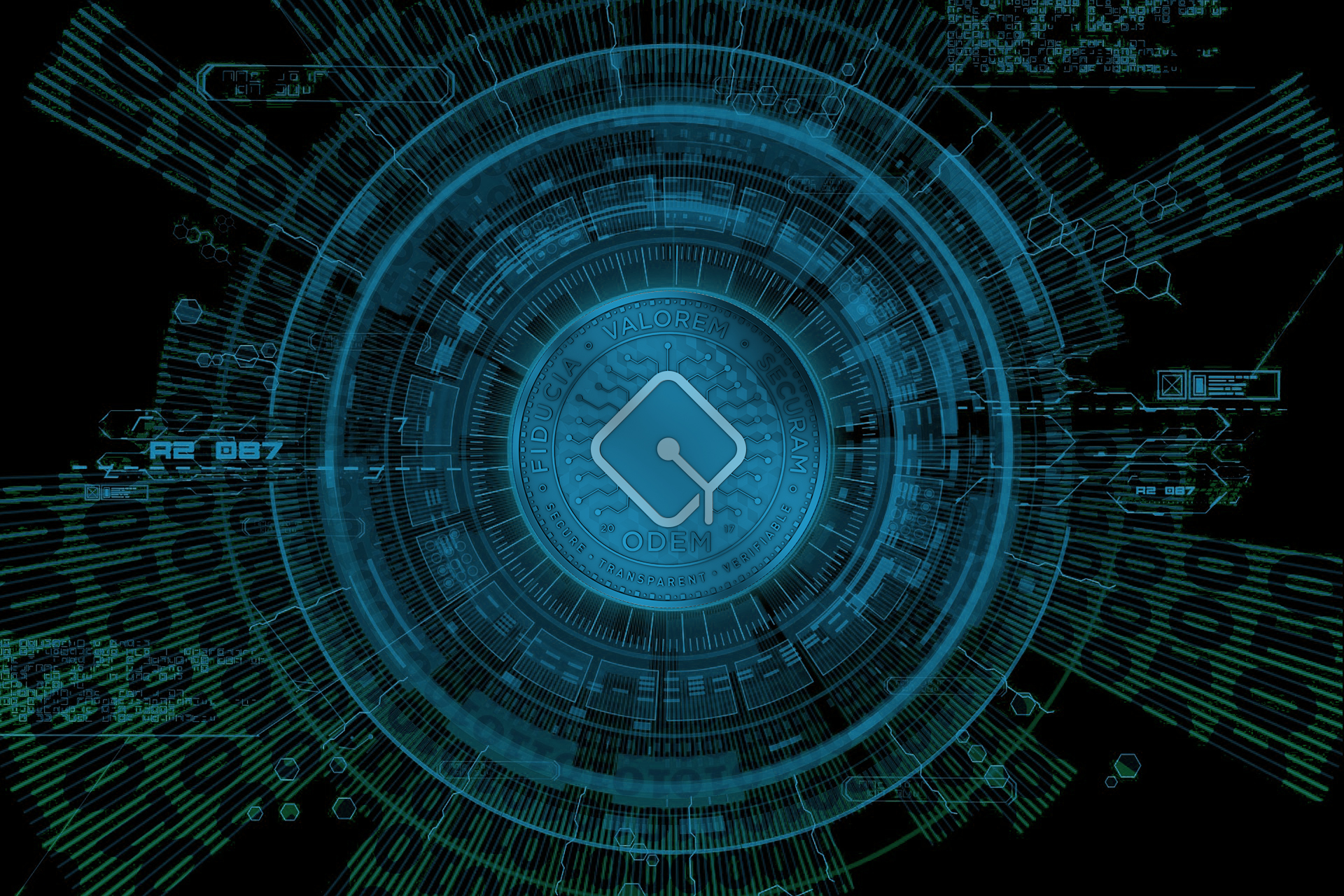Blockchain for Beginners: The Important Definitions to Know

“Blockchain technology isn’t just a more efficient way to settle securities. It will fundamentally change market structures, and even the architecture of the internet itself.”
Abigail Johnson, CEO, Fidelity Investments
Ask someone to explain blockchain technology, the encryption system that underlays digital currencies, and you are likely to receive a blank stare in response. However, understanding the technology can be as straightforward as the following definitions.
Blockchain — A digital ledger for recording transactions on many computers that is verifiable and can not be altered. Within a blockchain, information is connected by blocks, linked by cryptography, timestamped and accessed by anyone. A blockchain allows the transmission of value, rather than just information.
Cryptography — The process of converting plain-language information into unintelligible text for secure transmission of the original to another party. The data can only be accessed by those with permission. Cryptography in blockchain ensures security.
Decentralization — A key theme. “Blockchains are politically decentralized (no one controls them) and architecturally decentralized (no infrastructural central point of failure) but they are logically centralized (there is one commonly agreed state and the system behaves like a single computer).” Vitalik Buterin, creator of the Ethereum blockchain.
Decentralized Applications — Known as DApps, or software programs that are not controlled by any single person or organization. A DApp is defined by its use of
- Open-source code that is available to all.
- Cryptography within the blockchain.
- Payment of tokens or assets to incentivise users.
- A token generation processes.
Ethereum Blockchain — The ethereum blockchain is the record of public transactions that have been generated using ethereum software and tokens to run smart contracts, or agreements that execute themselves in response to previously agreed-upon conditions.
Testnet — an alternative blockchain used for testing a project before the venture is activated on the mainnet.
Mainnet — A mainnet is the final product on a blockchain project where transactions take place on a distributed ledger. A mainnet also makes it possible for a project to send and receive cryptocurrency.
Mining — The process of earning digital currency by verifying information on a blockchain. All permissioned users have access and can verify transactions.
We hope that these definitions assist in your navigating the world of blockchain technology.
For more information about ODEM please join the ODEM conversation on Telegram.
For a snapshot of upcoming blockchain industry conferences that ODEM leaders will attend, please see: Events.